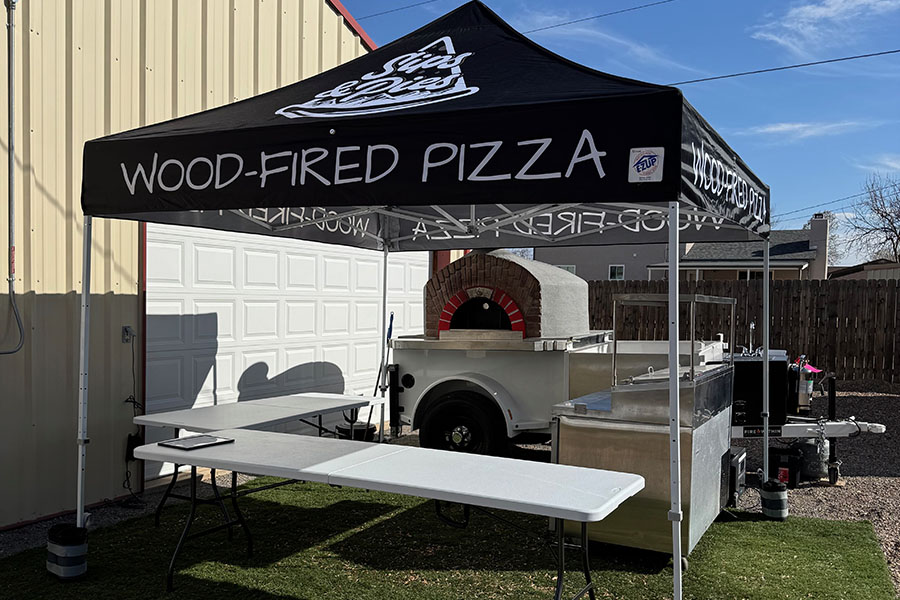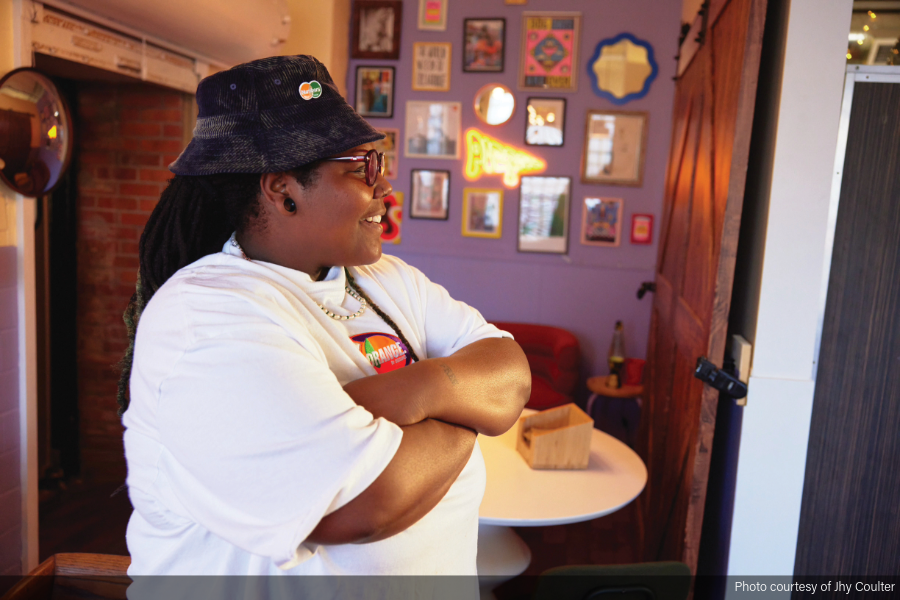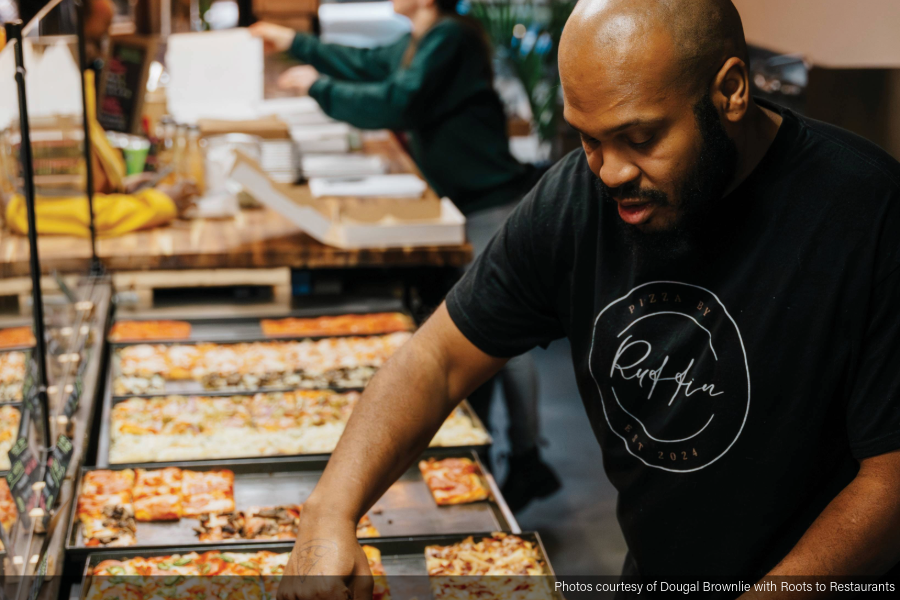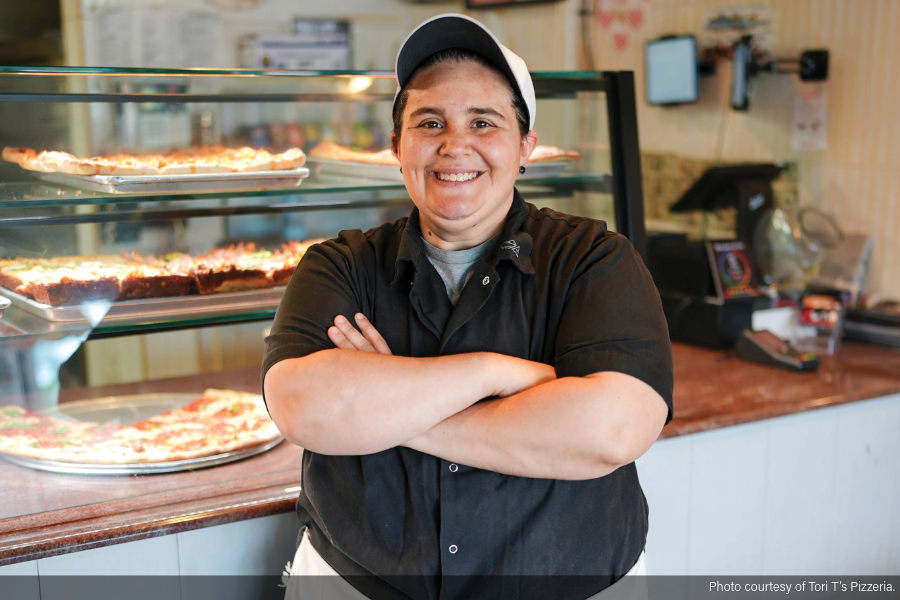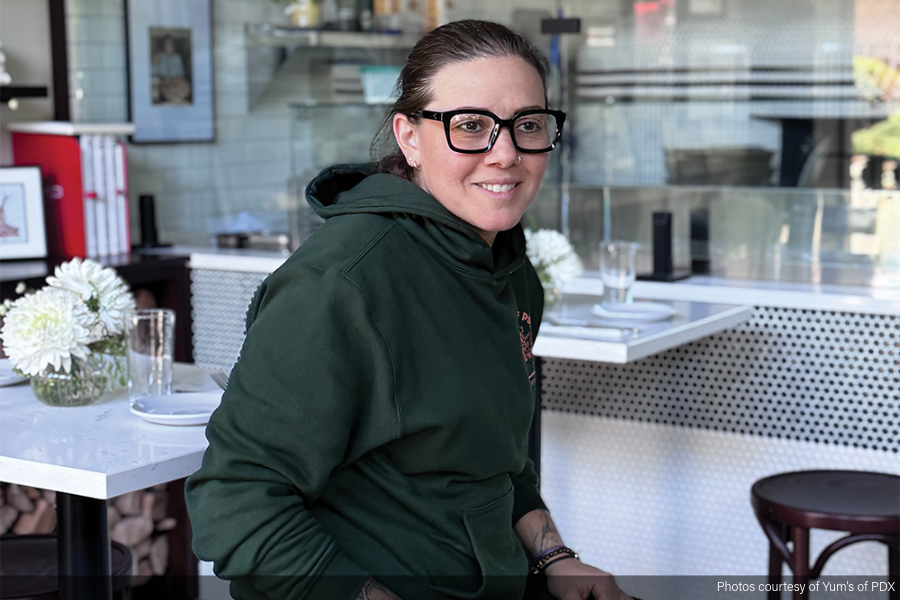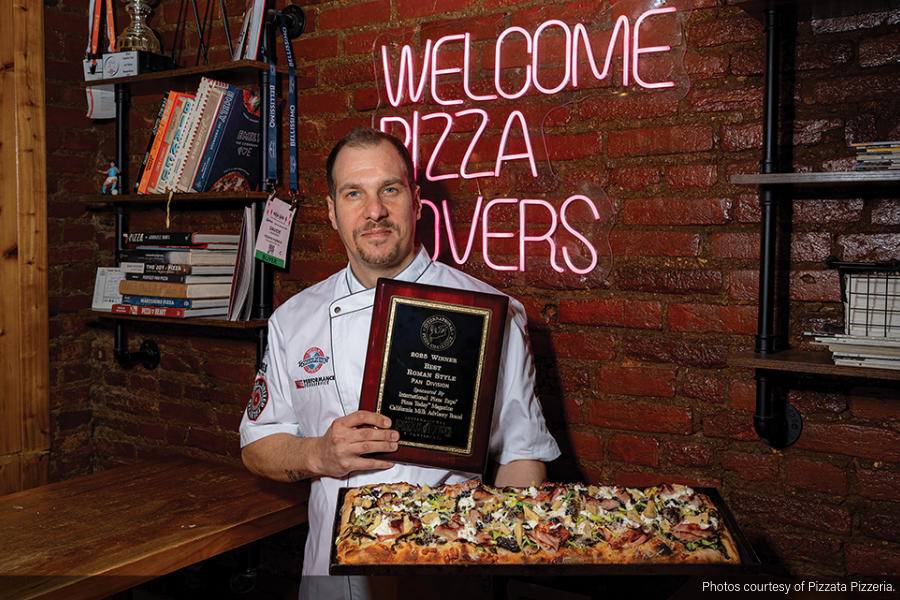
You make the best pizza in town. Your ingredients are fresh, you have the perfect oven and nobody will ever guess what’s in your secret sauce. People always say you should enter a pizza competition so you can bring home a trophy and legitimize their claim to friends that yours is the best pizza in the country. But how do these competitions work? Who picks the winner and how do they decide what’s good and what’s garbage-bound? As someone who has judged several of these competitions, I’d like to take you behind the scenes to tell you what I am looking for in the perfect pie.
First, let’s find out who’s in the judges’ booth. Every panel offers a cross-section of your peers. Restaurateurs, consultants, managers and chefs are just a few of the categories from which judges are culled. Some are from Italy, some are from Canada, some are from Chicago and some are from Ohio. I make a living leading tours through significant pizzerias in New York City and I spend much time visiting pizzerias beyond the five boroughs, so I serve as a representative of your customer base. Panels are evenly split so your score will reflect a true average of the pizza industry.
How does the competition work? Every round consists of 8 to 12 entries, after which the panel changes. The objective for a judge is to eat just enough of every slice to properly critique it without filling up. My personal mantra is “take a bite of the tip and a bite of the lip.” This way, I can factor in all textures of the slice before making my decision. Sometimes it’s hard to put down a slice, especially at the beginning of a round, but self-control goes a long way toward the good of the competition. I know I’ve done a good job when I’m still hungry after completing a cycle.
Even with limited tastes, it can still become difficult to distinguish between slices. That’s why I bring a small arsenal of palate cleansers into the judges’ table. My beverage of choice is a simple mineral water with light carbonation to stimulate the palate. Sometimes I’ll add a squirt of lemon because the acidity clears the palate while also aiding digestion. Since the lemon is already on hand, we’ll chew on small pieces of rind after a particularly powerful slice. Entries in each round are scheduled randomly, so a light slice could potentially follow a much heavier one and vise versa. Apple wedges are also great palate cleansers, but it’s best to use a neutral variety rather than something excessively sweet or sour. Finally, I’ll keep a small container of strong coffee beans on hand to keep the nasal passages sparky. One whiff is like hitting a reset button for your olfactory system. Scent is a key component to taste, so it’s important to maintain proper sensory response in order to get a dish’s full impact.

As important as taste and smell are to the judging process, always remember that we eat with our eyes before a single morsel hits the lips. That’s why my most valuable judging tool is a digital camera, which allows me to keep visual records of every entry. I take a shot of the surface, the cross-section and the underside. It’s easy to see from a photo if there was an issue with the bake or a mismanagement of toppings. After completing a judging round, we often review photos of each submission and make final changes to the score sheet.
Now that you know how judges manage an onslaught of flavor, let’s look into the grading process. Scores are split into several categories: crust, toppings (includes cheese and sauce), bake, presentation and overall taste. Assigning a numeric grade to food is extremely difficult since taste is subjective. As judges, we have to overlook personal preferences in favor of what I call “Intent and Execution.” Did this pizza achieve its goal? If you’re submitting a BBQ duck pizza, I should be able to taste both the richness of the duck and the smoky BBQ flavor. Think critically about your entry before the big day arrives because there might be a key element missing from your all-star pie that your customers aren’t concerned with.
The biggest mistake a pizzaiolo can make is what I like to call K.S.S., or Kitchen Sink Syndrome. They think the best way to achieve maximum flavor is by loading up on toppings, but nothing could be further from the truth. A heavy hand usually does more harm than good. That might not be the case on Superbowl Sunday, but this is a culinary competition and you have to approach it as such. Don’t pile five cured meats, three imported cheeses, fresh veggies and a dozen carefully blended spices only to neglect the pizza’s overall taste. The mark of a great pizza maker is not the ability to go shopping for impressive ingredients, but the technique to construct a balanced flavor profile.
As a byproduct of K.S.S., there’s usually some neglect in the crust department. Don’t forget that there are two sections of the score sheet dedicated to your crust since we grade “bake” on its own line. The one common element of every pizza you will ever eat is that they all involve a bread base. Toppings are interchangeable, but crust is what makes this a pizza and not a pile of saucy cheese. Pay close attention to your bake because a nasty gum line will certainly be reflected in your score.
Competing in a culinary competition like the International Pizza Challenge is no walk in the park. We understand that you’re away from your home court, baking in an unfamiliar oven in a room that’s 10 degrees colder than your restaurant. Just remember that every contestant has the same restrictions, making it a truly level playing field. The best pizza makers overcome these obstacles to create something special. At the end of the day, your customers are the only judges who really count, but I’m sure they’d be proud to see you come home with a first-place trophy from the International Pizza Expo. Now that you’ve had a look into the judges’ booth, you’ll be better equipped to bring home the big prize and give your loyal customers the greatest gift of all: bragging rights.
Scott Wiener owns and operates Scott’s Pizza Tours in New York City.
